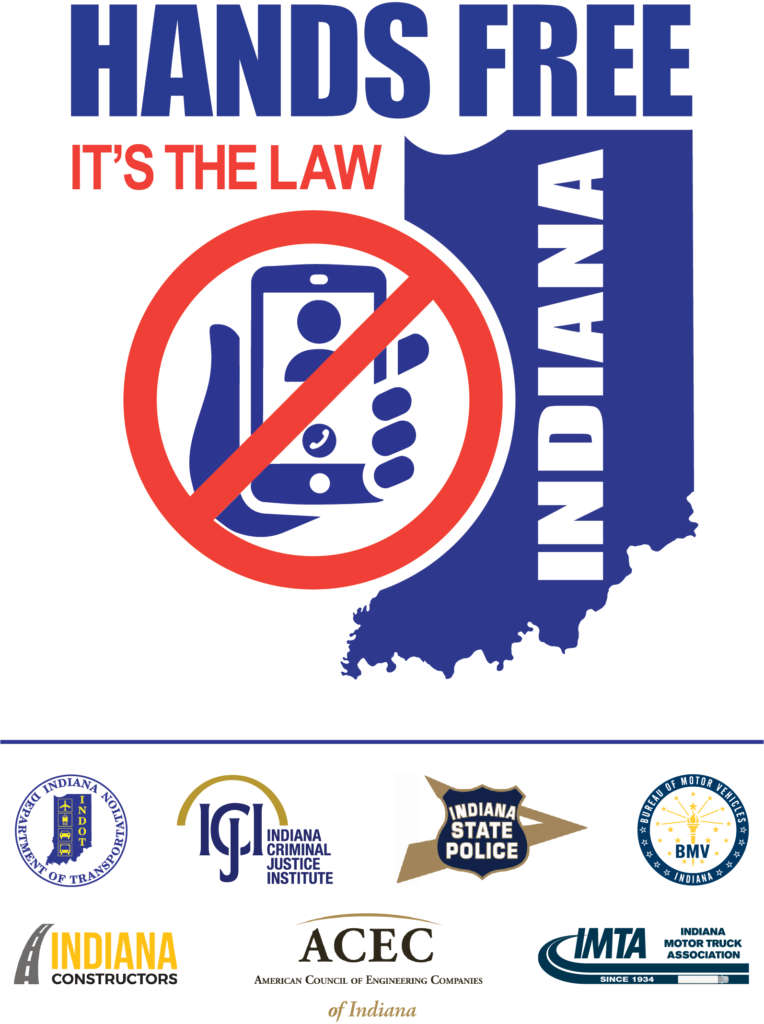Reduced visibility during night construction can increase the amount time it takes for a motorist to see and respond to work activity taking place on or near the roadway. Other factors that can affect a driver’s ability to respond effectively to night construction work activity include age, experience, mental condition, physical condition, weather and familiarity with the roadway.
Reduced visibility during night construction work can also affect an equipment operator’s ability to see and respond effectively to the activity taking place around them. It is important to follow the worker safety plan for night construction work activity which should include the following:
HIGH-VISIBILITY SAFETY APPAREL
- ANSI Class 3 shirt or vest, as the outermost clothing. Replace these when faded, worn, dirty or defaced.
- ANSI high-visibility gaiters or bands around the ankles.
- Hard hat with reflective tape or work light attachment.
ANSI Class 3 apparel and high visibility gaiters place the reflective material on the arms and legs in a design that conveys biological motion (body movement). Road workers wearing biomotion clothing are recognized at significantly longer distances than the standard vest alone.
TEMPORARY WORK AREA LIGHTING
- Light the work area and approaches to provide visibility for motorists to safely travel through the work zone.
- Illuminate work activity areas where workers are present to make them visible.
- Control glare so as not to interfere with the visibility of the work zone by drivers and workers.
VEHICLE LIGHTING
Ensure all lighting and supplemental lighting on construction vehicles and equipment is in good working order.
ACTIVITY WITHIN THE CONSTRUCTION SITE
Night construction activity can also create limited visibility for equipment operators and other construction vehicles.
- Ensure back up alarms are working correctly.
- Be aware than equipment blind spots/zones can increase during night work.
- Use spotters when backing equipment to prevent run overs or back overs.
- Don’t walk behind or between operating or moving equipment and vehicles.
- Be aware of the greater chance for trips and falls while walking on the construction site.
- Follow the temporary traffic control plan and the worker safety plan for night construction work activity.
- Know the details of the project’s emergency action plan.
Download the printable PDF and recording form here.
Members can download the audio version of this toolbox talk here.

